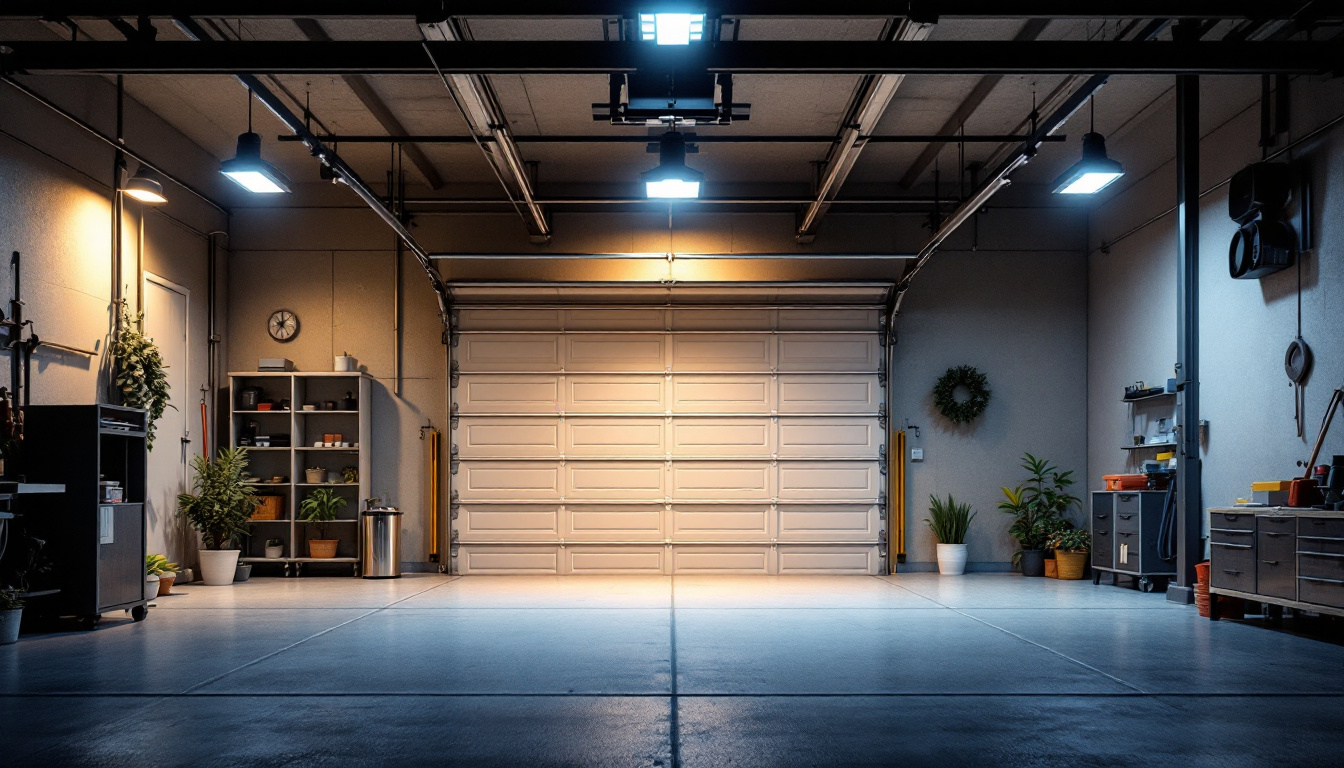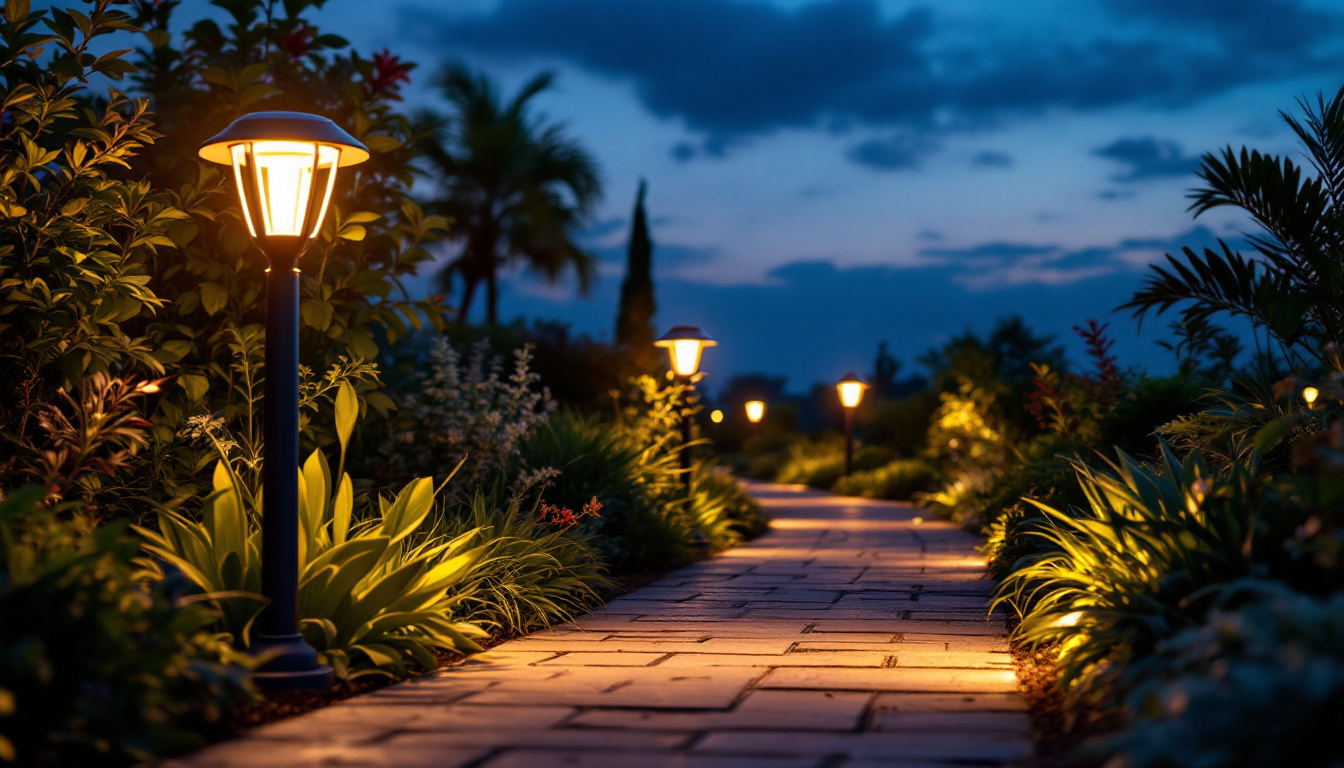
In the world of lighting design and installation, can lights—also known as recessed lights—have become a staple for both residential and commercial projects. Their versatility and sleek appearance make them an ideal choice for various applications. However, for lighting contractors, understanding the nuances of can lights is essential for delivering exceptional results. This article delves into six crucial insights that every lighting contractor should consider when working with can lights.
Can lights come in various types, each designed for specific applications and environments. Familiarizing oneself with these options is vital for making informed decisions during installation.
New construction can lights are designed for installation in homes or buildings that are still being built. They typically come with a mounting bracket that allows for easy attachment to ceiling joists. On the other hand, remodel can lights are intended for retrofitting into existing ceilings, featuring a design that allows for easy installation without the need for extensive renovations. This distinction is essential for contractors and DIY enthusiasts alike, as it influences not only the installation process but also the overall design and functionality of the lighting scheme. For example, new construction can lights often allow for more flexibility in placement, enabling homeowners to create a tailored lighting layout that enhances the architectural features of their space.
When selecting can lights, it is crucial to understand the difference between IC (Insulation Contact) rated and non-IC rated fixtures. IC rated lights can be installed in ceilings with insulation, as they are designed to withstand high temperatures without causing a fire hazard. Non-IC rated lights, however, should be installed in areas where insulation is not present, as they can overheat and pose a risk. This distinction is particularly important in energy-efficient homes where insulation is prevalent. Additionally, using the correct type of can light can help maintain energy efficiency and reduce heating and cooling costs by ensuring that the fixtures do not interfere with the insulation’s effectiveness. Homeowners should also consider local building codes, which may dictate the use of IC rated fixtures in certain areas.
The choice between LED and halogen can lights can significantly impact energy consumption and longevity. LED can lights are energy-efficient, have a longer lifespan, and produce less heat compared to halogen options. While halogen lights may offer a warmer color temperature, the benefits of LED technology often outweigh the aesthetic preferences. Furthermore, LEDs are available in a wide range of color temperatures, allowing homeowners to select the perfect ambiance for their space, whether it be a cozy living room or a bright kitchen. Additionally, the low heat output of LED lights contributes to a cooler environment, making them an excellent choice for spaces where heat buildup is a concern. As technology advances, LED options continue to improve in terms of brightness and color rendering, making them an increasingly popular choice for both residential and commercial applications.
Placement is a critical factor in maximizing the effectiveness of can lights. Strategic positioning can enhance the ambiance of a space while ensuring adequate illumination. The right placement not only highlights architectural features and decor but also creates a welcoming atmosphere that can transform a room’s functionality and feel.
A common rule of thumb for spacing can lights is to place them approximately 6 to 8 feet apart, depending on the height of the ceiling. For higher ceilings, the distance may increase to ensure even light distribution. It is essential to consider the beam angle of the fixtures, as this can influence how far the light travels and how much area it covers. Additionally, the type of bulb used can affect the overall brightness and warmth of the light, which should be matched to the intended mood of the space. For example, warmer tones can create a cozy environment, while cooler tones may be more suitable for workspaces.
proper placement can help minimize shadows and glare, which can detract from the overall aesthetic of a room. Lighting contractors should consider the purpose of the space and the activities that will take place there. For instance, in a kitchen, can lights should be strategically placed over work areas to provide ample illumination without creating harsh shadows. In living areas, a layered lighting approach can be beneficial, combining can lights with floor lamps and wall sconces to create depth and interest. This not only improves visibility but also allows for versatility in lighting options, accommodating different moods and occasions throughout the day.
Furthermore, it is important to consider the color and finish of the surfaces in the room, as these can impact how light is reflected. Darker colors may absorb more light, necessitating additional fixtures or brighter bulbs to achieve the desired brightness. Conversely, lighter surfaces can help amplify the light, allowing for fewer fixtures to be used while still achieving a well-lit environment. Understanding these dynamics can significantly enhance the effectiveness of can lights in any space.
Dimming systems play a significant role in enhancing the functionality of can lights. They provide flexibility in adjusting light levels according to the mood or activity in a space.
When selecting dimmers, it is crucial to ensure they are compatible with the type of can lights being installed. Not all dimmers work well with LED fixtures, so choosing a dimmer specifically designed for LED use is essential. This compatibility helps prevent flickering and ensures smooth dimming capabilities.
Dimming not only enhances the ambiance but also contributes to energy savings. By reducing the light output, contractors can help clients lower their electricity bills while extending the lifespan of the fixtures. Additionally, adjustable lighting can improve the overall comfort of a space, making it more inviting.
Wiring is a fundamental aspect of installing can lights. Proper wiring ensures safety and functionality, making it a critical area for lighting contractors to focus on.
When installing can lights, it is essential to understand the circuit load and ensure that the total wattage does not exceed the circuit’s capacity. This consideration helps prevent tripped breakers and potential fire hazards. Contractors should calculate the total wattage of all fixtures on a circuit and ensure it remains within safe limits.
Choosing the appropriate gauge wire is also crucial for can light installations. Generally, 14-gauge wire is suitable for most residential applications, but for longer runs or higher wattage, 12-gauge wire may be necessary. Using the correct gauge wire helps ensure safety and efficiency in the electrical system.
Can lights are not just functional; they also contribute to the overall aesthetic of a space. Lighting contractors should consider design elements that enhance the visual appeal of their installations.
The trim of a can light can significantly impact its appearance and functionality. Options range from baffle trims that reduce glare to reflector trims that enhance brightness. Selecting the right trim can help achieve the desired ambiance and complement the interior design of the space.
Color temperature and Color Rendering Index (CRI) are essential factors in achieving the right lighting effect. A warm white light (around 2700K) creates a cozy atmosphere, while a cooler light (4000K or higher) is often preferred for task-oriented areas like kitchens and offices. A higher CRI value indicates better color accuracy, which is crucial in spaces where color representation is essential, such as art studios or retail environments.
The lighting industry is constantly evolving, with new technologies and design trends emerging regularly. For lighting contractors, staying informed about these changes is vital for maintaining a competitive edge.
Smart lighting systems are becoming increasingly popular, allowing users to control their lighting through smartphones or voice-activated devices. Integrating these systems into can light installations can enhance user experience and offer added convenience. Contractors should familiarize themselves with various smart lighting options and how they can be integrated into existing systems.
With growing awareness of environmental issues, sustainability has become a significant trend in the lighting industry. Lighting contractors should consider energy-efficient options, such as LED fixtures and smart controls, to help clients reduce their carbon footprint. Additionally, understanding local energy codes and incentives can provide clients with cost-effective solutions that align with their sustainability goals.
Can lights are an essential component of modern lighting design, offering versatility, efficiency, and aesthetic appeal. For lighting contractors, understanding the various types, placement strategies, wiring considerations, and industry trends is crucial for delivering high-quality installations. By staying informed and embracing new technologies, contractors can elevate their services and meet the evolving needs of their clients.
Ultimately, the success of any lighting project hinges on the knowledge and expertise of the contractor. By applying these insights, lighting professionals can ensure that their installations not only illuminate spaces effectively but also enhance the overall experience for users.
Ready to take your lighting installations to the next level? At LumenWholesale, we provide lighting contractors with the highest quality, spec-grade can lights and more, all at unbeatable wholesale prices. Say goodbye to local distributor markups and hello to a vast selection of reliable, high-performance lighting that meets the most rigorous industry standards. With the added benefits of bulk buying, free shipping, and no hidden fees, you can trust LumenWholesale to supply premium lighting solutions that combine quality, affordability, and convenience. Elevate your service offerings and delight your clients by choosing Wholesale Lighting at the Best Value today.

Illuminate your understanding of sports lighting with expert advice tailored for lighting contractors.

Discover the essentials of LED lighting for garages in just five minutes.

Discover the transformative power of LED canister light bulbs for lighting contractors.

Discover how solar lights can transform your walkway into a well-lit, eco-friendly path.